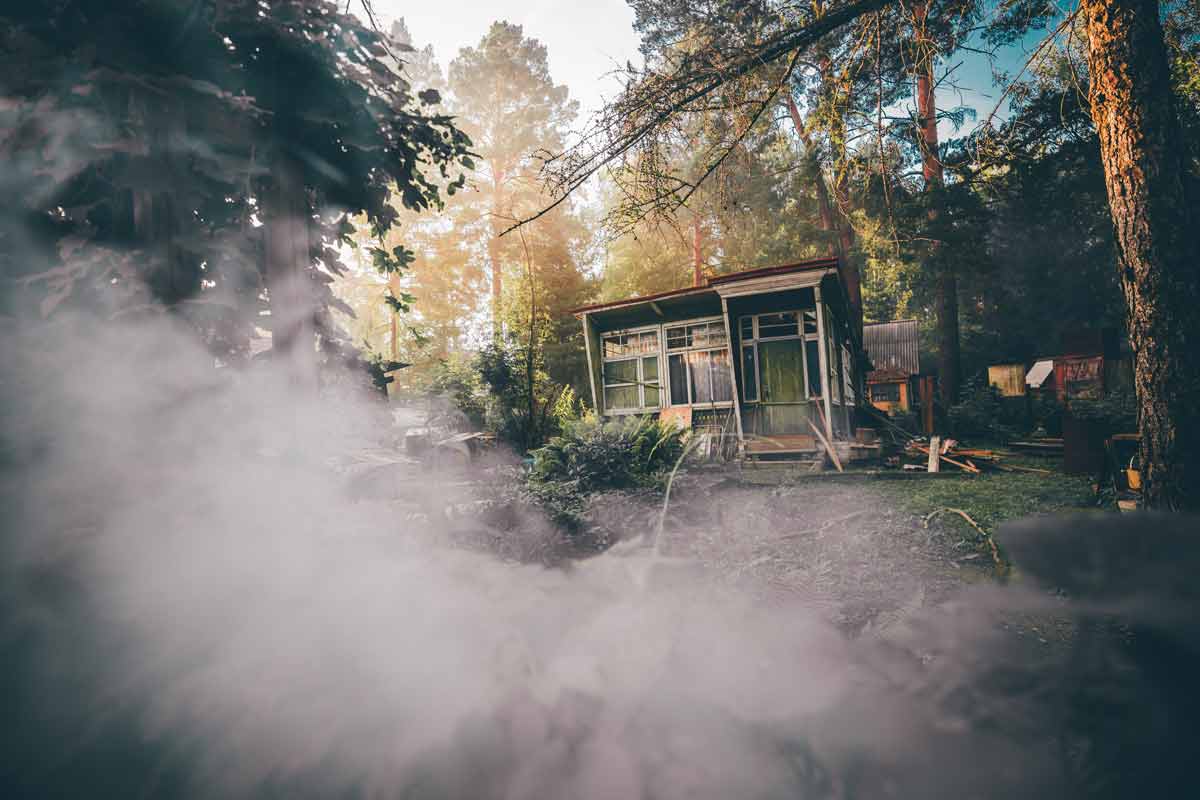For many Australians each summer, the impact bushfire smoke has on the health of their home and family is a real concern.
If you live in an area that is prone to bushfires, knowing how to protect your family’s health from the effects of bushfire smoke is important.
To minimise smoke damage to your lungs, try these practical tips to stay safe this summer.
1. Monitor Smoke Warnings in Your Local Area
The easiest way to protect you and your family from the impact of smoke from local bushfires is to keep up-to-date with local smoke warnings. ABC radio across regional and city centres play regular smoke and fire warnings to alert residents of possible danger.
Even if you live hundreds of kilometres from the fire zone, air quality can deteriorate, depending on local weather conditions.
By taking steps to look after your home, you can reduce the effect of smoke on your family.
2. Air Particles Can Be Dangerous
One of the dangerous aspects of smoke from bushfires coming into your home is the air particles it brings with it.
These airborne particles come from the materials being burnt in the fires and can be unseen to the naked eye. Don’t think that, simply because you cannot see the smoke, the air is clear. This is not always the case. Microscopic particles in the air can trigger asthma symptoms and other respiratory issues.
By staying indoors and protecting your home environment, you can reduce the risks to your health.
3. Air-Purifiers can Improve Indoor Air Quality
If the quality of the air outside your home is poor, the good news is that you can control the air quality inside your home.
Investing in an air-purifier that can be used in the rooms you utilise most is a proactive way to actively have a positive impact on the air your family breathes.
Air-purifiers are also great at eliminating other air pollutants, including dust, and allergens from your home’s air. Depending on the quality of the air-purifier you purchase, you can enjoy almost completely contaminant-free air.
Air purifiers work by circulating the air inside your home through various filters. Harmful particles become trapped and the clean air that is circulated back into your home is safer for you to breathe.
4. Air-Conditioners Also Circulate and Filter Air
Although air-conditioners do not purify, there is some filtering of the air taking place, which, depending on the brand of air-conditioner, can make a positive difference.
All air-conditioners have a filter designed to trap dust and other particles from damaging the system, so, if there is bushfire smoke in the air around your home, using your air-conditioner can help improve the air quality inside your home, provided doors and windows are firmly closed and sealed.
It’s another great reason to keep your air-conditioner filters clean but it is important to realise that it still does not do the same job as a dedicated air-purifier.
5. Put a Particle Respirator Mask in Your First-Aid Kit
If you live in an area that is at high risk of bushfires, stocking up your first-aid kit with particle respirator kits for members of your family may be a wise investment – especially if asthma or other medical conditions exist already.
These devices fit snugly to your face and can filter out the majority of fine particles.
6. Create an Airtight Home
If you are within a couple of hundred kilometres of a burning bushfire, keeping windows and doors closed is one of the easiest ways to minimise smoke getting into your home. Older homes can also benefit from using door snakes (or rolled-up towels) to block gaps and draughts.
7. Plan Your Escape Route
If bushfire is a threat to your home, thinking about ways to actively avoid danger is a safe way to plan your summer season.
Ensuring appropriate insurance is in place is critical to give you the peace of mind that comes from knowing your financial investment in your property is protected but to protect the lives of those you love, planning and discussing an escape plan, should fire get too close to home, is vital.
Talk to local vet clinics about potential to drop pets off to secure safe shelter and make sure everyone in your family knows the safe steps to take to escape fire and smoke inhalation.
8. Be Prepared to Evacuate
Leaving the immediate area is the best possible way to remove yourself from harm and smoke inhalation.
Smoke can travel long distances and, depending on weather conditions, leaving the local environment of your home, even if it is not directly impacted by bushfire risk, may be the smartest way to improve your access to good quality air during the most intense periods of your local bushfire season.
Some symptoms of smoke irritation include:
• Stinging eyes
• Scratchy throat
• A persistent cough
• Nausea
• Headaches
• Impact on lung function
Living in bushfire areas typically means that you are surrounded by the natural beauty of our Australian environment but it is important to remember the risks that can come with that pleasure. By taking small, consistent steps to keep your home smoke-free, you can help minimise health risks to you and your family – for life.
Be safe everyone!
For more information about a loan to help you improve your home to better protect it from the bushfire season, talk to our mortgage broking specialists at Lending Specialists today.










